Optimal Timing for Retaining Wall Repairs
Timing for retaining wall repairs depends on various factors including weather conditions, soil stability, and structural integrity. Typically, the optimal period is during dry seasons when soil moisture levels are stable, reducing the risk of further damage during repair work. Performing repairs during mild weather conditions also allows for easier access and safer working environments.
Spring and early fall are ideal times for repairs due to moderate temperatures and lower precipitation levels, minimizing delays and complications.
Avoid repairs during heavy rain or freezing temperatures, as these can compromise the stability of the wall and hinder construction efforts.
Dry, stable soil is crucial for effective repairs, reducing the risk of shifting or further erosion.
Scheduling repairs after a thorough assessment ensures that repairs address the most critical issues promptly.
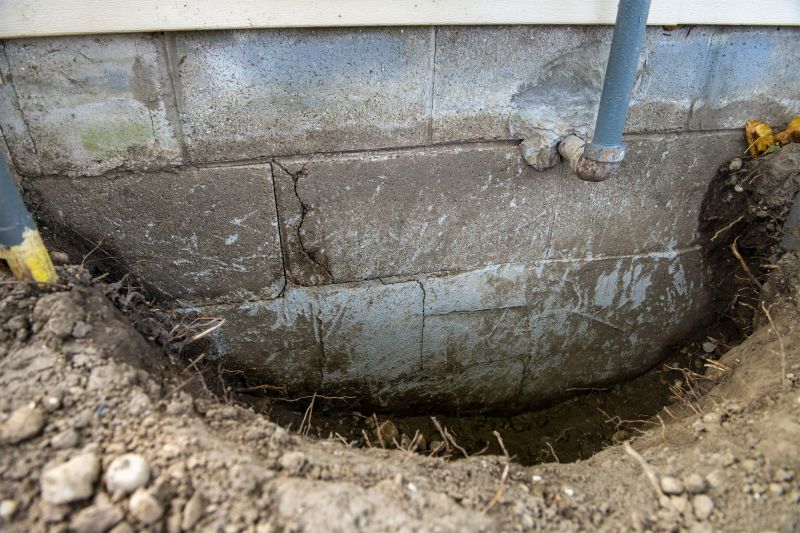
Assessing damage early can prevent costly repairs later.
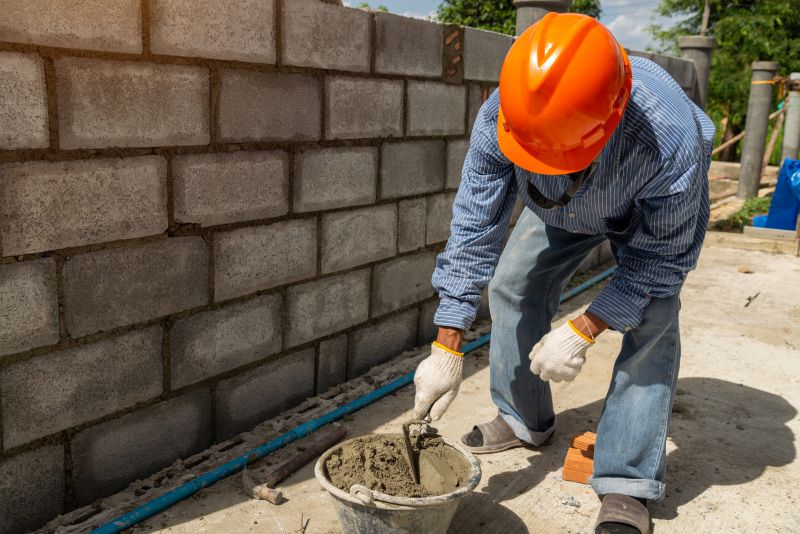
Proper timing ensures safe and efficient repairs.
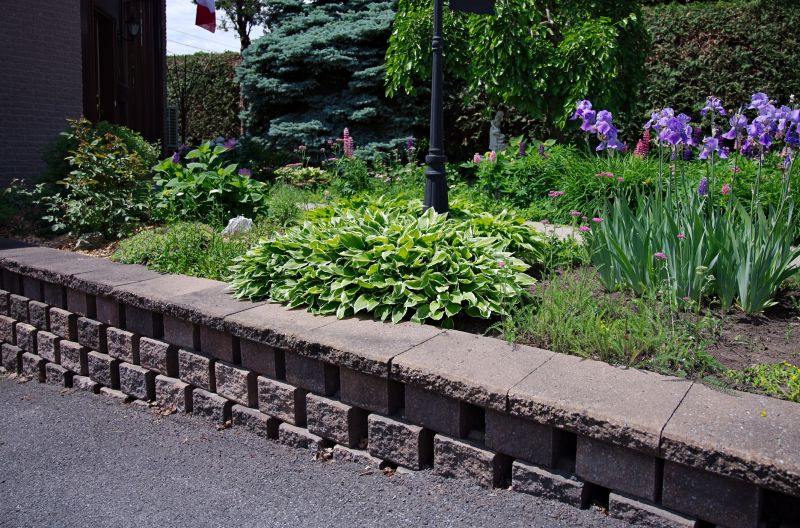
A well-timed repair enhances durability.

Ways to make Retaining Wall Repairs work in tight or awkward layouts.
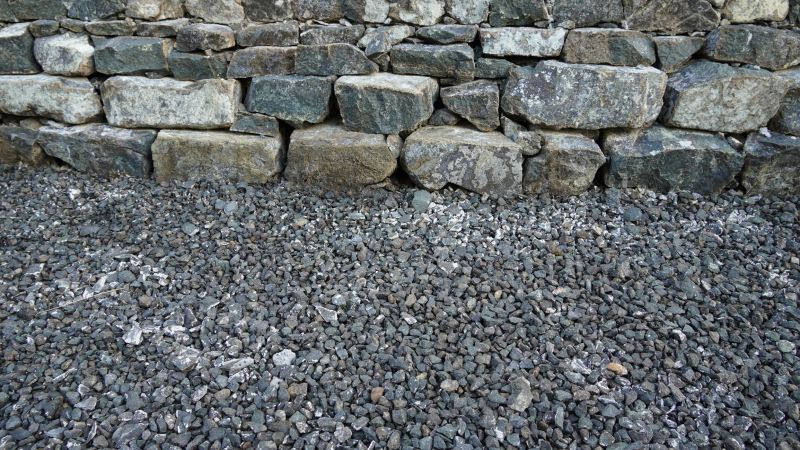
Popular materials for Retaining Wall Repairs and why they hold up over time.

Simple add-ons that improve Retaining Wall Repairs without blowing the budget.
| Factor | Optimal Timing |
|---|---|
| Weather Conditions | Dry seasons with minimal rain |
| Soil Stability | Periods of soil dryness and low moisture |
| Structural Assessment | Post-inspection when issues are identified |
| Temperature | Mild temperatures to prevent thermal stress |
| Environmental Factors | Avoid during freezing or extreme heat |
Retaining wall repairs are essential for maintaining structural integrity and preventing property damage. Damage can result from soil erosion, shifting foundations, or weather-related stress. Timely repairs help to reinforce the wall, restore safety, and extend its lifespan. Proper assessment and planning are crucial to determine the most suitable time for repairs, ensuring work is completed effectively and efficiently.
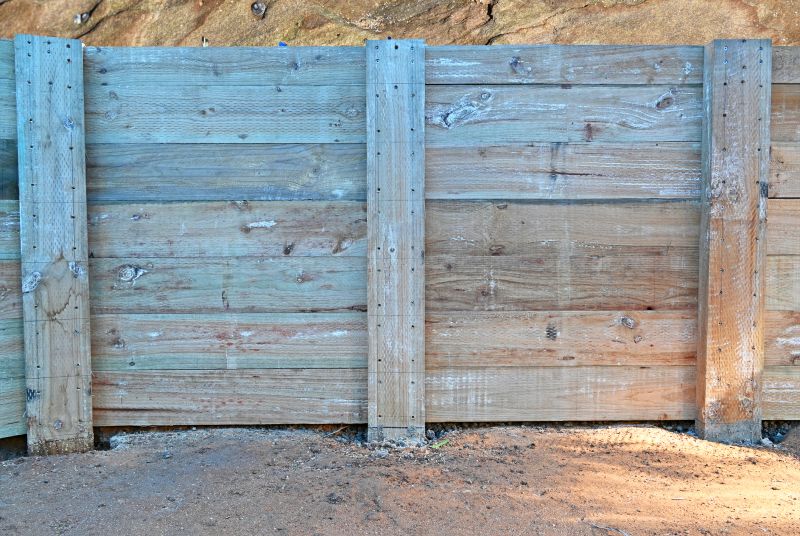
Identifying early signs of damage is key.

Timely intervention prevents further deterioration.
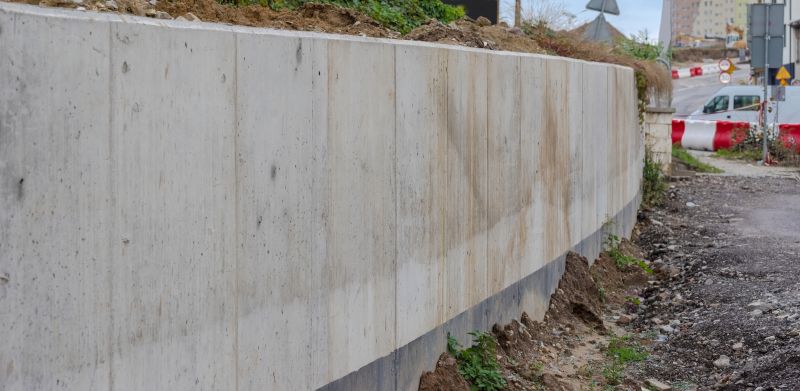
Proper timing enhances structural strength.
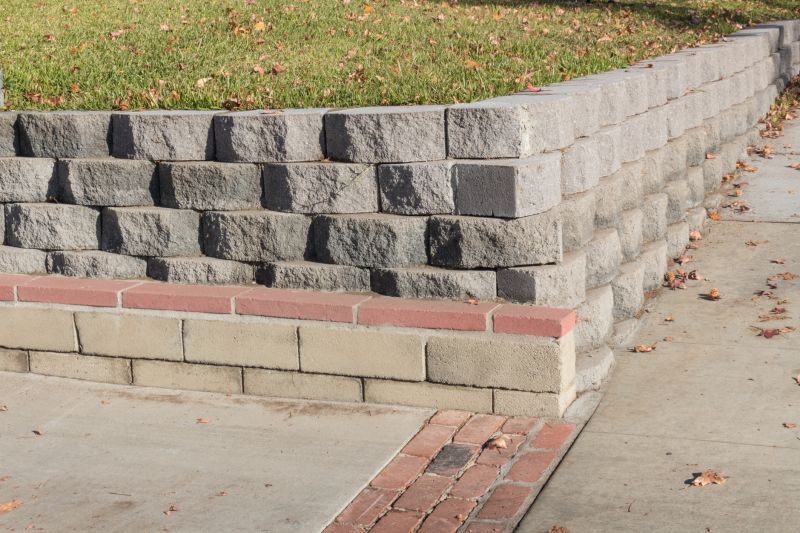
A durable repair extends the wall’s lifespan.

High-end options that actually feel worth it for Retaining Wall Repairs.

Finishes and colors that play nicely with Retaining Wall Repairs.

Little measurements that prevent headaches on Retaining Wall Repairs day.

A 60-second routine that keeps Retaining Wall Repairs looking new.
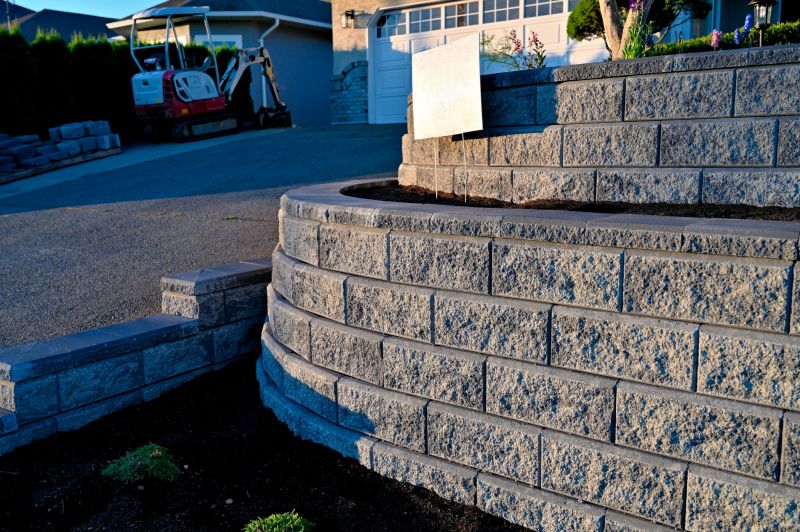
A frequent mistake in Retaining Wall Repairs and how to dodge it.

Small tweaks to make Retaining Wall Repairs safer and easier to use.
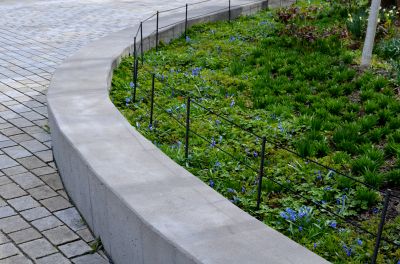
Lower-waste or water-saving choices for Retaining Wall Repairs.
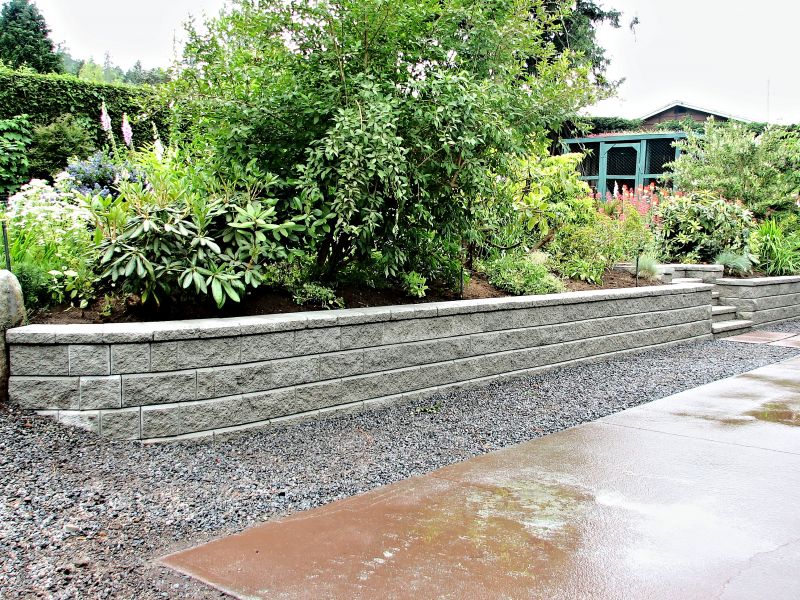
The short, realistic tool list for quality Retaining Wall Repairs.
For those considering retaining wall repairs, understanding the optimal timing can lead to more effective and lasting results. Proper scheduling minimizes disruptions and ensures that repairs are performed under conditions that support structural stability. Interested parties are encouraged to contact for further information and assessment options.



